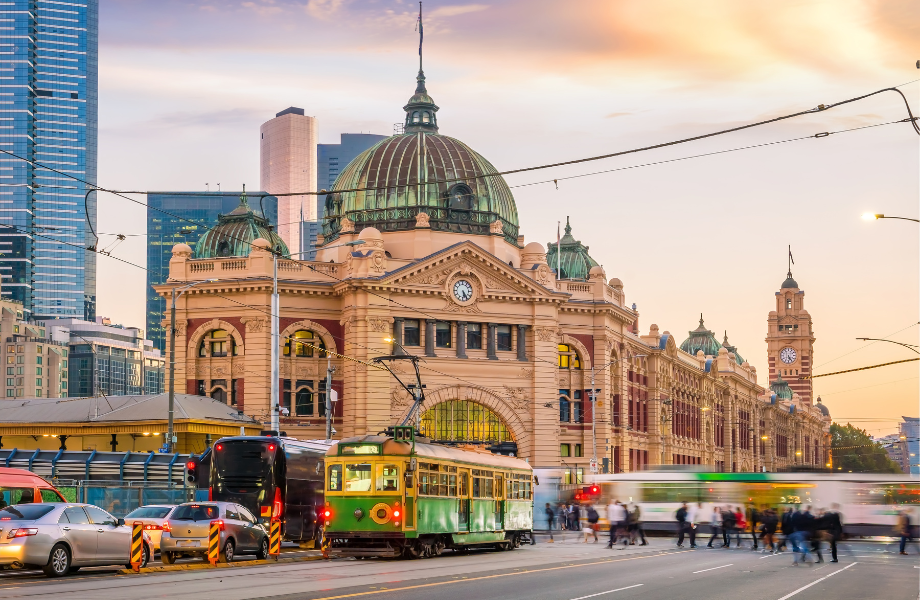The surge in rental prices resumed as limited supply pushed values higher in the March quarter, with unit rents mostly to blame.
After easing in the second half last year, the national rental index jumped 2.5 per cent, up from 2 per cent in the three months to December, the latest CoreLogic Quarterly Rental Review showed.
The annual trend had held steady at 10.1 per cent during the past 12 months, equivalent to an increase of $52 a week or $2727 a year, CoreLogic economist Kaytlin Ezzy said.
Unit rents across Sydney and Melbourne rose 5.3 per cent and 4.3 per cent respectively.
Nationally, unit rents increased 3.9 per cent over the
quarter, while house rents recorded a milder 2 per cent rise.
“The re-acceleration of Australia’s rental market won’t be welcome news for those tenants already struggling to find affordable accommodation in our capital cities,” Ezzy said.
Sydney reclaimed the title for the most expensive rental capital, with a median rent price of $699 a week, overtaking Canberra’s $674 a week, during the March quarter.
CoreLogic recorded its highest annual increase since it began in 2006 with a 12.6 per cent increase, as Sydney’s rental sector gained momentum.
Nationally, the supply of rental listings dropped 17.3 per cent below recorded levels for the same period in 2022, and it was down 36.3 per cent to the previous five-year average.
▲ Melbourne’s rent median remained steady.
“The uptick in rental growth can be attributed to surging rents in the unit market, particularly across the largest capitals, with increased demand from overseas migration occurring amid a shortage of rental supply pushing rents higher,” Ezzy said.
Rental growth across the combined capitals outperformed the combined regional market. In the three months prior to March, combined capital city rents rose 3 per cent, compared to the combined regional 1.2 per cent increase.
Melbourne, despite recording the largest quarterly rental increase, remained the most affordable rental capital, with a median rental price of $526 a week.
“Weaker rental demand due to extended lockdowns and closed international borders saw Melbourne’s relative rental affordability improve through the first two years of Covid,” Ezzy said.
The ongoing demand for affordable rentals was unlikely to ease anytime soon, Ezzy said.
“Those who have the financial means to pull together a deposit might be taking the plunge into homeownership sooner while others are locking in longer leases, rather than brave the hunt for a new rental.”










